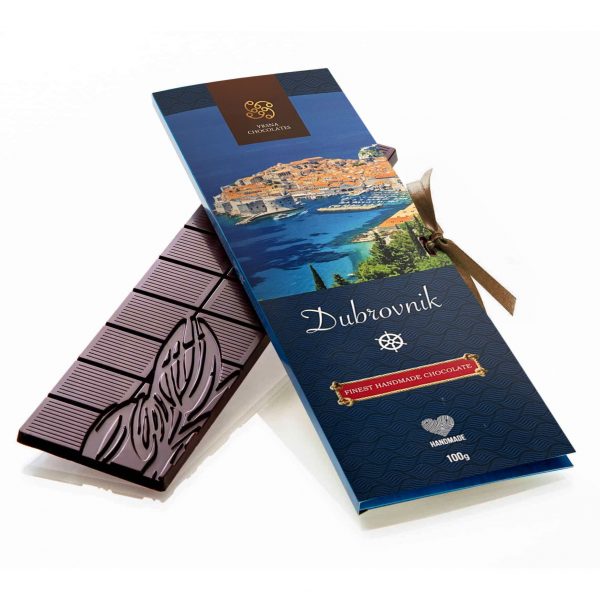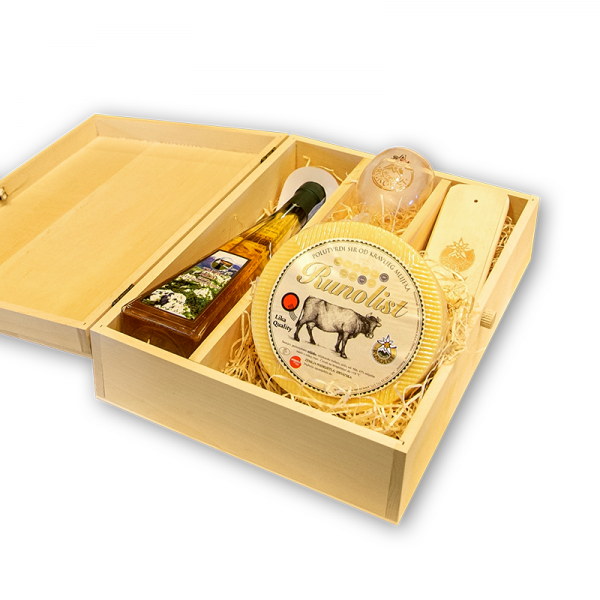Croatia, Cyprus, France, Greece, Italy, Slovenia, Spain and Switzerland Inscribed on the Representative List of the Intangible Cultural Heritage of Humanity.
https://www.instagram.com/p/BqZRAg5lcRv/
The art of dry stone walling concerns the know-how related to making stone constructions by stacking stones upon each other, without using any other materials except sometimes dry soil.
Dry stone structures are spread across most rural areas – mainly in steep terrains – both inside and outside inhabited spaces, though they are not unknown in urban areas.
The stability of the structures is ensured through the careful selection and placement of the stones, and dry-stone structures have shaped numerous, diverse landscapes, forming various modes of dwelling, farming and husbandry.
Such structures testify to the methods and practices used by people from prehistory to today to organize their living and working space by optimizing local natural and human resources.
They play a vital role in preventing landslides, floods and avalanches, and in combating erosion and desertification of the land, enhancing biodiversity and creating adequate microclimatic conditions for agriculture.
https://www.instagram.com/p/BhZS5HQF5q_/
The bearers and practitioners include the rural communities where the element is deeply rooted, as well as professionals in the construction business.
Dry stone structures are always made in perfect harmony with the environment and the technique exemplifies a harmonious relationship between human beings and nature.
The practice is passed down primarily through practical application adapted to the particular conditions of each place.


























